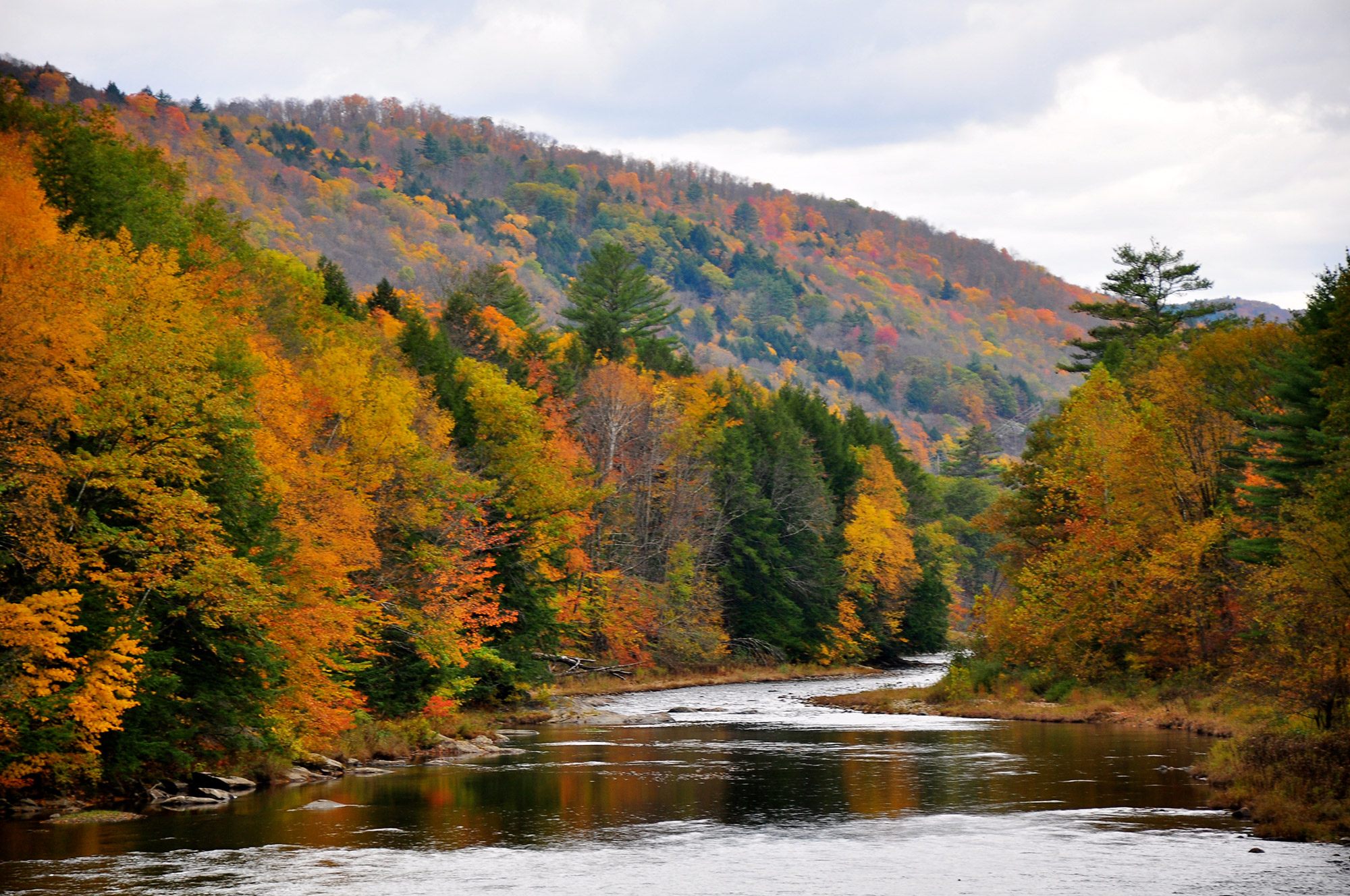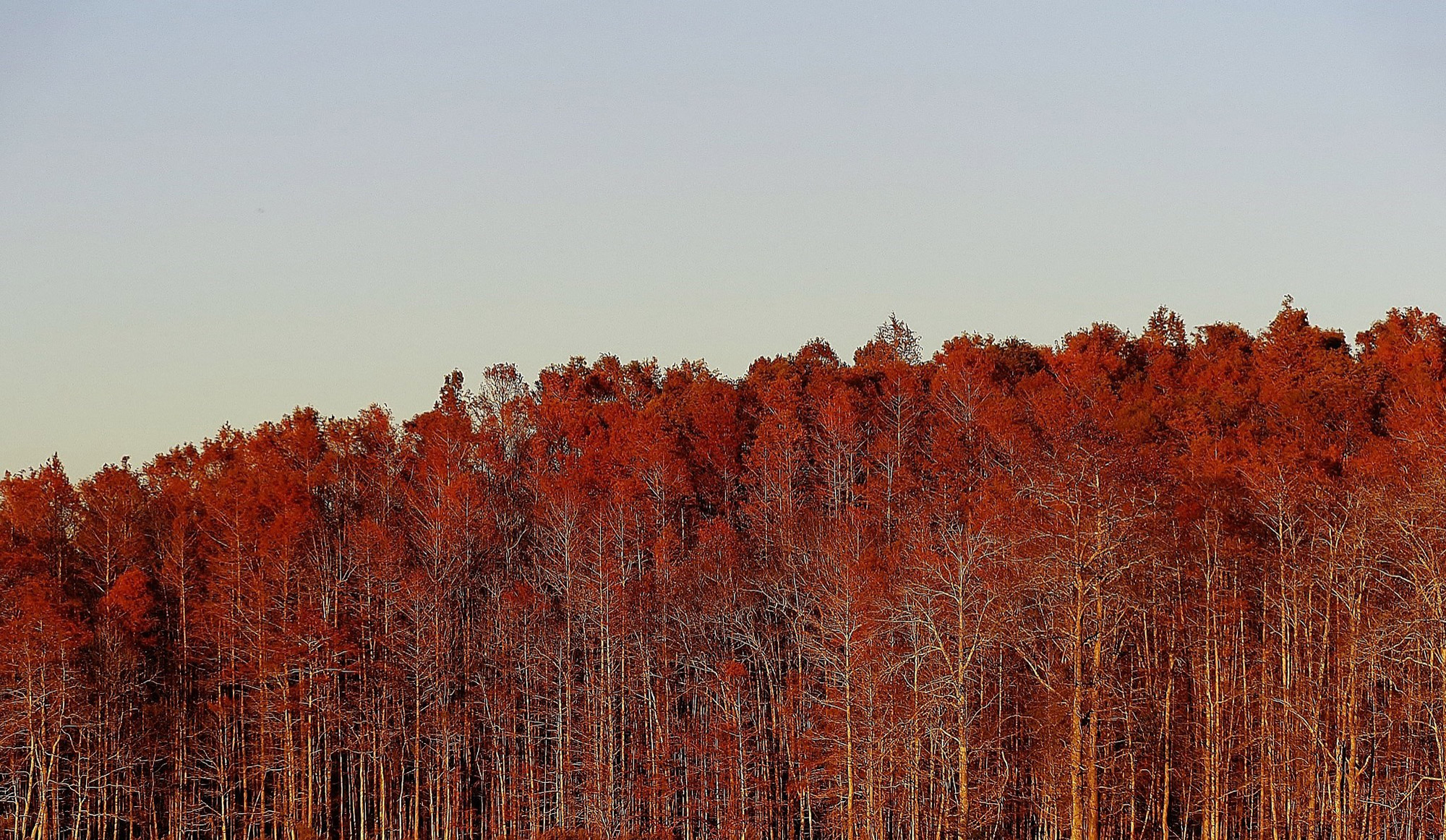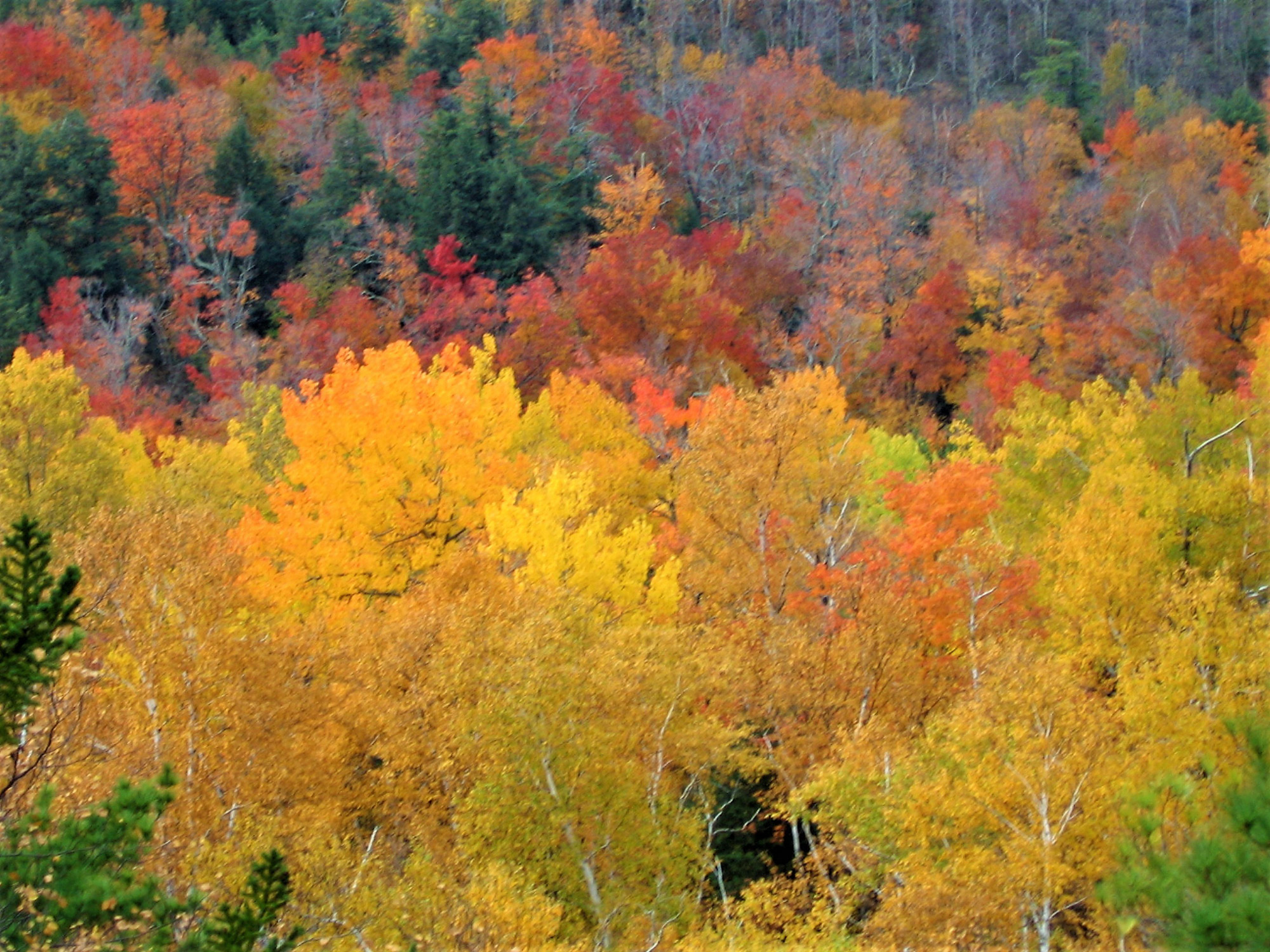Fall is the time for enjoying a tall glass of apple cider, taking a scenic hayride to look for pumpkins, and, of course, crunching through a growing pile of fallen leaves. While most of the Northeast boasts beautiful colors throughout the year, some trees stand out more than others. Here are a few vibrant species you should keep an eye out for this autumn.

Beech
This species produces wide-spreading branches that extend from short trunks and generally stretch far lower than those from adjacent trees. In fall, they produce pale yellow leaves that sit comparably closer to the ground.
American Hornbeam
Carpinus caroliniana is technically a large shrub, although most consider it a small deciduous tree. Its multi-stemmed body produces simple leaves that turn red, orange, or yellow in the fall. You can find it as far north as some portions of Maine, and as far south as the northernmost tip of Florida.
Quaking Aspen
Commonly known as white poplar, Quaking Aspen is distinguished by its fan-like leaves, which grow in clusters of approximately five. Despite the confusing name—and the fact that it is technically part of the poplar family—it often behaves more like a willow, as its leaves dance even under the slightest breeze. During fall, the tree produces yellow leaves that drop easily when touched.

American Sycamore
This tree grows rapidly, expanding outward from a short, stocky trunk to produce branches that stretch toward the ground and lobed, alternate leaves that turn a yellow-orange in fall. The American Sycamore is a native plant inhabiting the Northeast’s southern portions, such as southern New York, New Hampshire, Rhode Island, and Pennsylvania.
Black Cherry
This simple tree has an equally simple leaf that turns a splotchy red or yellow in the fall. Prunus serotina is found throughout just about all portions of the Northeast and even extends into parts of southern Canada.
Black Walnut
In summer and fall, the Black Walnut produces crunchy fruits, many of which are considered highly valuable by candy producers. Their wood is just as valued, used often in furniture and for other ornamental and functional woodworking endeavors. However, the greatest sights to behold are its leaves, which come in stalks of 15 to 23 leaflets and turn a sparkling yellow once October rolls around.

White Ash
Commercial hardwood mills seek out White Ash for its versatility, and as such, this member of the olive family is used to make baseball bats, tool handles, furniture, and even flooring. Over time, however, this species has become threatened and may be difficult to find. Its delicate leaves, each with five to nine different leaflets, are its distinguishing feature. In fall, they generally turn yellow but may also display a unique burgundy hue.
Flowering Dogwood
With branches that appear to stretch out in a perfectly horizontal formation, Cornus florida creates a rounded or flat-topped canopy. Throughout the year, this deciduous tree’s leaves often appear tie-dyed, and by fall, they change to a red or reddish-purple hue. However, if you look closely as they begin to drop, many retain some of their original green.
Bitternut Hickory
These towering trees grow up to a hundred feet in some locations, so be sure to check the skyline for them. Known as Carya cordiformis, this species is known for dark brown bark with red streaks, along with notable yellow buds in the winter. In the fall, the tree produces golden leaves in clusters of eight, and is commonly found swarming forests, including in upstate New York and other Northeastern areas near lakes.

Sugar Maple
You can find Sugar Maples everywhere in the Northeast, but they tend to cluster in areas where they’re valued for their sweet sap, which is then used for syrup and sugar. Sugar Maples produce tons of shade in the spring and summer, and in the fall, their leaves become vibrantly yellow, red, or orange.
Still unsure about where to head first? It’s difficult to predict when the leaves will change, and it’s definitely a challenge to figure out how to time your visit perfectly before they all drop to the ground. However, it helps to call ahead. Many states have foliage hotlines or tourism bureaus that provide information on changing leaves. Most areas generally reach peak foliage sometime in October, so plan your visit then for the best views of the season’s most majestic scenery.
Katie Kuchta
Katie Kuchta is a yogi, outdoor wellness expert, and self-proclaimed foodie currently residing in Austin, TX. Living in ATX, the outdoor opportunities last year-round–frequenting the Green Belt Trails with her mini dachshund-jack russell terrier, Captain. When she’s not practicing yoga and wellness outdoors or exploring with Captain, she can be found cooking or on the hunt for the best tacos.
Related Posts
April 2, 2024
10 Tips for Mountain Biking Etiquette During Mud Season
One rough spring could ruin the…




